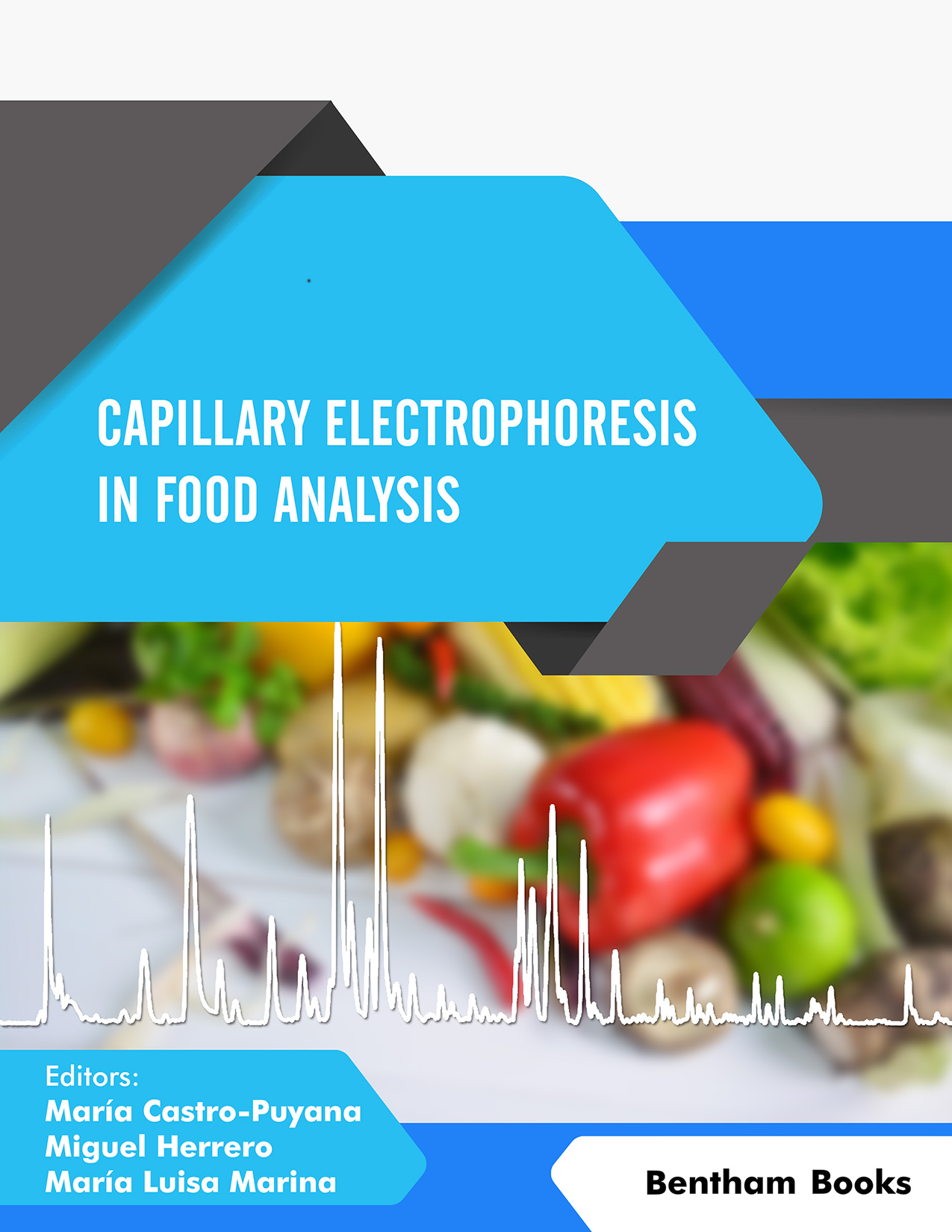The present book on Capillary Electrophoresis in Food Analysis edited by Dr. Maria Castro-Puyana, Dr. Miguel Herrero and Prof. Maria Luisa Marina represents very comprehensive and updated source of information on the topic.
The book opens with the chapter on the basic principles of Capillary Electrophoresis written by Kalaycıoğlu and Erim. This chapter is a good reading for every researcher interested in this technique and not just limited to food scientists. The aspects such as separation mechanism, basic instrument, separation parameters, modes of Capillary Electrophoresis, on-line sensitivity enhancement, detection methods and separation strategies for some groups of analytes are discussed in a very concise and clear way.
The second chapter by Li and co-authors deals with sample preparation techniques used in food analysis. In particular, the updated overview on the techniques based on phase separation, field-assisted extraction, membrane separation, chemical conversion and online sample preparation is provided.
Following five chapters deal with the analysis of specific groups of compounds such as lipids, carbohydrates and proteins (Chapter 3 by Oliveira and coauthors), peptides (Chapter 4 by Stepanova and Kasicka), amino acids (Chapter 5 by Castro-Puyana and Marina), vitamins (Chapter 6 by Van Schepdael, Wang and co-authors) and polyphenols (Chapter 7 by Marina and co-authors). Together, these chapters provide the most recent and important advances in the analysis of such relevant analytes as powerful tools for food characterization.
The book also comprises of interesting chapters devoted to very important aspects in the field of food analysis such as the application of Capillary Electrophoresis to the quantification of food additives (Chapter 8 by Rios and co-authors), food authenticity (Chapter 11 by Kvasnicka), controlling of chemical food safety (Chapter 12 by Hernández-Mesa and co-authors) or quality and safety of dietary supplements (Chapter 13 by Donati and Aturki).
Three chapters dealing with advanced methodological aspects in Capillary Electrophoresis complete the book, including Chapter 9 by Marina and co-authors on the application of chiral Capillary Electrophoresis to food analysis, Chapter 10 by Crevillén, Escarpa and co-authors on the application of Microchip Electrophoresis to food analysis and the concluding Chapter 14 by Recber and Celebier on the potential of Capillary Electrophoresis-Mass Spectrometry as analytical methodology to perform metabolomic approaches to food analysis.
I would like to congratulate the editors, all the contributing authors, as well as the readers of this book for publishing this timely and well-balanced book on application of Capillary Electrophoresis in food analysis. The strength of this book is based on the long time professional activity of all three editors in the field covered by the book. This allowed them to select a very strong team of authors for covering almost all the most important aspects of food analysis based on Capillary Electrophoresis.
This book will definitely become a reference source for everyone using Capillary Electrophoresis for food analysis and will promote further use of this technique, as well as its advanced modalities such as Capillary Electrophoresis-Mass Spectrometry, Microchip Electrophoresis, multichannel- and multidimensional Capillary Electrophoresis for sophisticated problem solving in food analysis.
Bezhan Chankvetadze
Professor of Physical Chemistry and Director
Institute of Physical and Analytical Chemistry
School of Exact and Natural Sciences
Tbilisi State University
Tbilisi
Georgia

